Ever felt like you’re spending half your life cooking and the other half trying to figure out what you just ate?
Let’s be real – meal prepping and meal tracking are like peanut butter and jelly. Separately they’re fine, but together? Chef’s kiss that’s when the magic happens.
I’m going to show you how to combine these two powerful nutrition strategies without losing your mind in the process.
Because who has time to cook every meal from scratch AND log every bite into some complicated app?

The Ultimate Guide to Meal Prepping While Tracking Your Food
Why bother doing both at once?
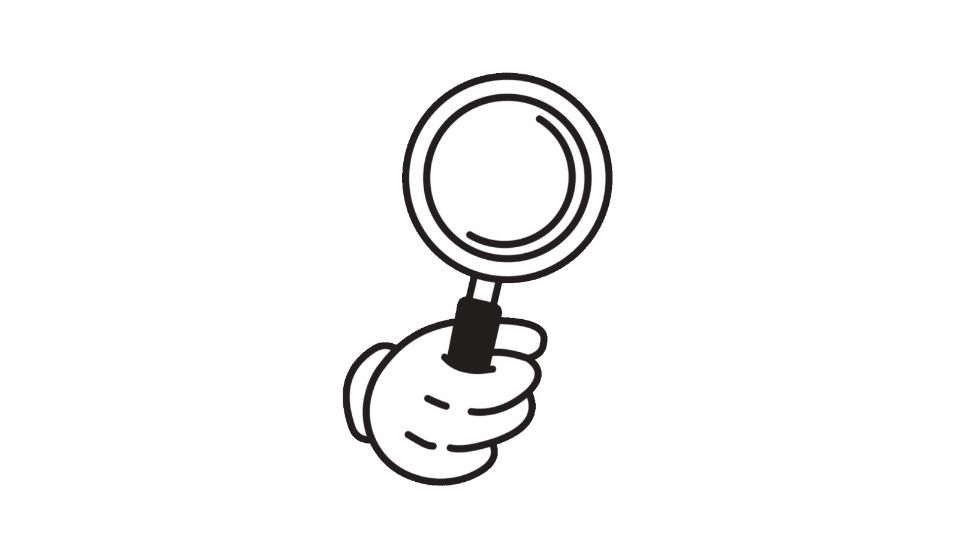
Think about it:
- Meal prepping = planning and cooking food ahead of time
- Meal tracking = logging what you eat to monitor calories and macros
When you combine them, you get total nutrition control without the daily headache. Cook once, track once, eat all week. Boom.
The alternative? That sad desk salad you overpaid for, followed by the evening “what’s in my fridge” panic, topped off with forgetting to log half your meals.
Step 1: Plan your meals around your actual goals
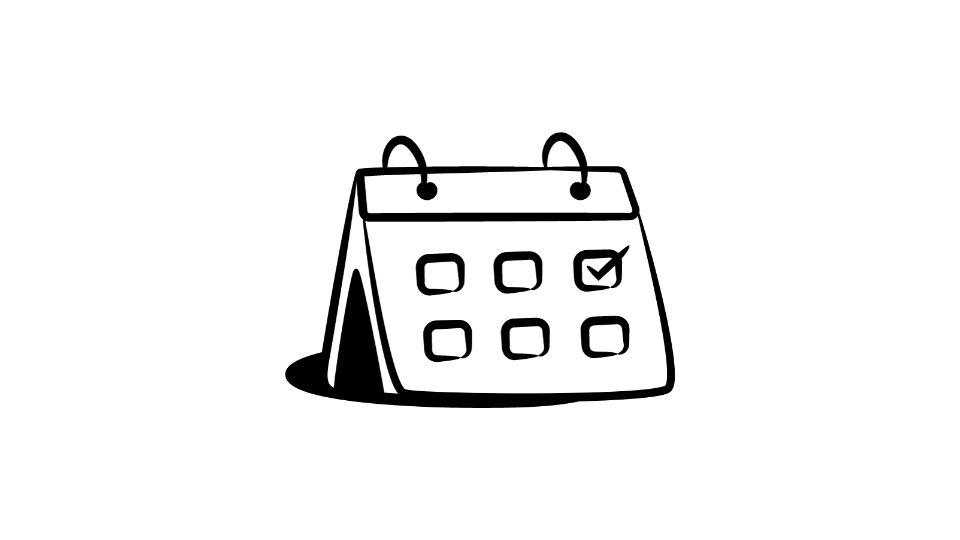
Before you start cooking up a storm, figure out what you’re actually trying to accomplish. Are you:
- Losing weight?
- Building muscle?
- Just trying to feel less like garbage?
Your calorie and macro targets should reflect this. Apps like MacroFactor can calculate these for you based on your goals, and even adjust them as you progress.
Pro tip: Choose meals that work well in bulk. Chili, stir-fries, and grain bowls are your friends here. They’re easy to portion and the macros stay consistent across servings.
Step 2: Find a tracking method that doesn’t make you want to quit
Let’s be honest – tracking every bite can be a pain in the butt. The key is finding a method that fits into your life, not the other way around.
Traditional options include:
- Food scale + app combo (precise but time-consuming)
- Meal planning apps with built-in tracking
- Barcode scanning (great for packaged foods)
But there’s also MealByMeal, which lets you text your meals for automatic tracking. No app-opening, no food searching – just text what you ate and move on with your life. Perfect for people who are busy or hate opening apps 50 times a day.
Step 3: Portion like you mean it
When prepping, use these steps to make tracking painless:
- Get a food scale (seriously, they’re like $15 on Amazon)
- Weigh your empty containers first
- Portion meals equally into containers
- Label each with calories/macros (masking tape works great)
This way, when you grab Monday’s lunch from the fridge, you already know exactly what’s in it. No need to re-calculate or guess.
Step 4: Embrace leftovers (they’re your friends)
The meal prep pro move? Cook once, eat twice (or more).
When you log a recipe in apps like Eat This Much, you can schedule when you’ll eat those leftovers throughout the week. This means you only have to enter that complicated stir-fry recipe once, even if you eat it three times.
Step 5: Stay flexible (life happens)
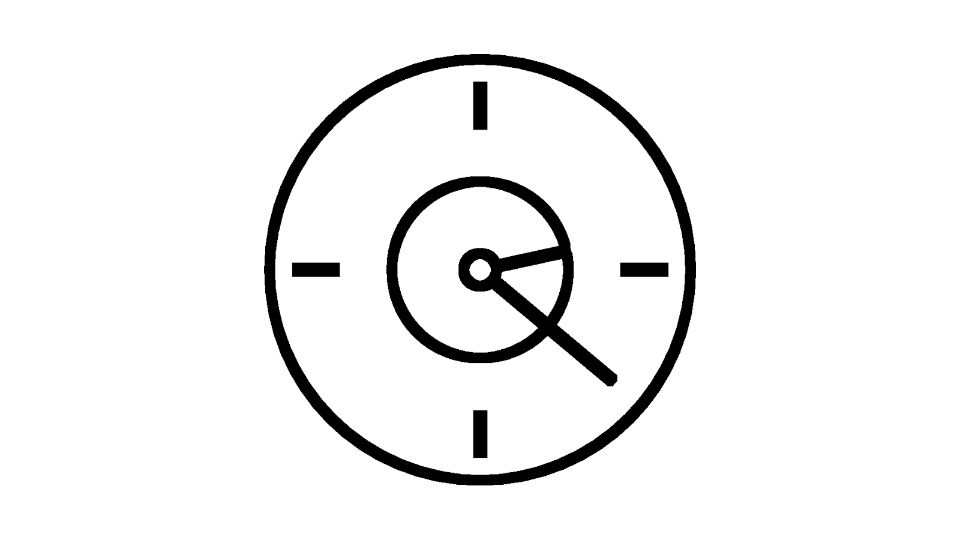
Even with perfect meal prep, life throws curveballs. Maybe your coworker brings donuts or you end up at a restaurant.
This is where tracking shines. If you know what’s in your prepped meals, you can easily adjust the rest of your day to accommodate that surprise office pizza.
The key is not perfection, but awareness. Apps like MyNetDiary let you quickly add unplanned meals while keeping your overall nutrition on track.
Tools that make this whole process less painful
These are the MVPs of the meal prep + tracking game:
- MealByMeal: Text-based tracking for people who hate opening apps. Simple, fast, effective.
- MacroFactor: Great for recipe creation and accurate portioning.
- Eat This Much: Combines meal planning and tracking with leftover scheduling.
- YAZIO: Features AI food recognition and barcode scanning to speed up logging.
Tips that actually work in real life
Prep components, not just full meals – Having cooked chicken, rice, and veggies ready means you can mix and match without getting bored.
Use the same brands consistently – This makes tracking faster since you’re not constantly searching for new foods.
Create templates for your go-to meals – Most apps let you save meals you eat regularly.
Don’t forget the small stuff – That tablespoon of olive oil has 120 calories! Track everything, including cooking oils and sauces.
Log as you go – Don’t wait until the end of the day when your memory gets fuzzy.
Take photos of your meals – This helps with accuracy if you log later.
The bottom line
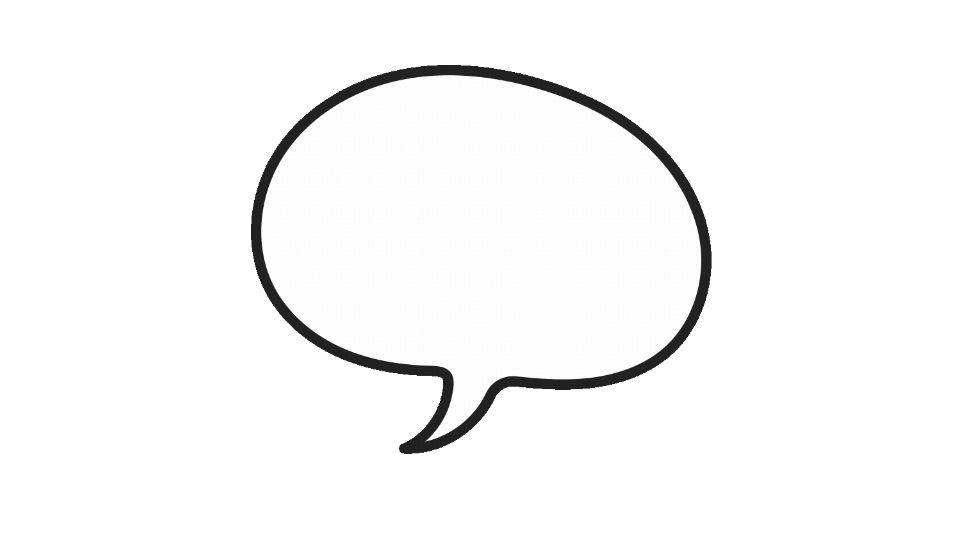
Combining meal prep with tracking is like having your nutritional life on autopilot. You spend a few hours on Sunday prepping and logging your meals, then cruise through the week knowing exactly what you’re eating.
Is it a bit of work upfront? Sure. But compared to the daily grind of figuring out what to eat, cooking it, and then trying to remember what went into it, this system is a game-changer.
So grab your containers, fire up your tracking method of choice, and take control of your nutrition. Your future self (and your abs) will thank you.



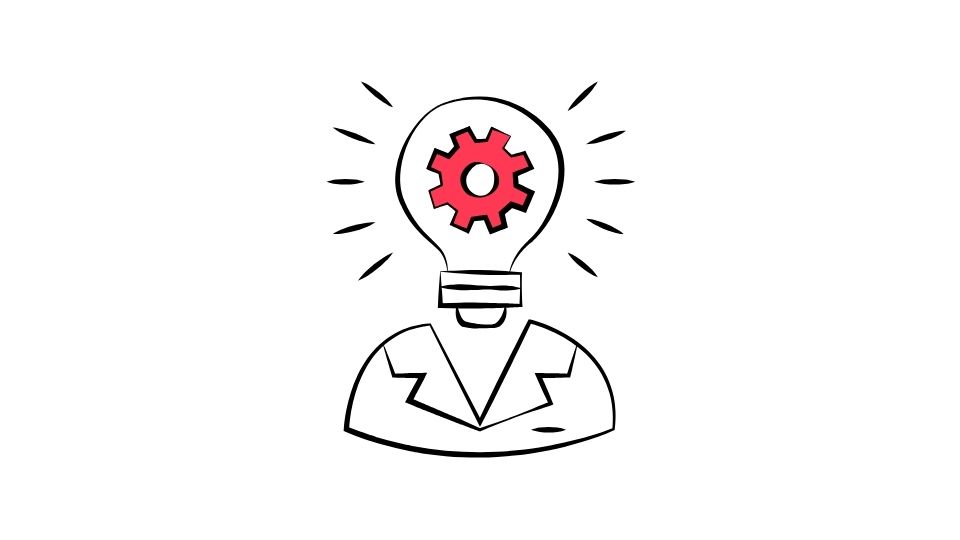
Leave a Reply